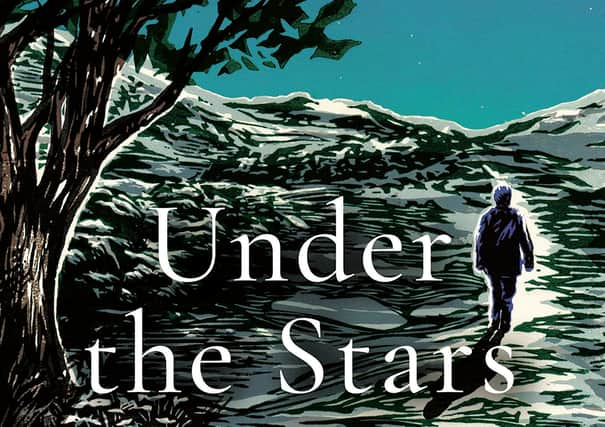Book review: Under the Stars - A Journey into Light, by Matt Gaw


In order to achieve all this, Gaw sets out – or perhaps that should be stumbles out – to experience night-time conditions in a range of different environments across the UK, and the contrasting locations are nicely chosen. On a quest to see the stars as clearly as possible and find out more about them, Gaw travels to the Scottish Dark Sky Observatory in Galloway; then, brilliantly, he spends an evening sitting in a tiny patch of woodland in the middle of a roundabout in suburban Bury St Edmunds as a way of understanding how street lighting impacts on wildlife. (When questioned by police, he calmly explains that he has been “having a cup of tea with an owl.”)
If that makes Under the Stars sound like a light-hearted read, on the whole it is, although it is never flippant, and Gaw does have a more serious agenda here. As his Bury St Edmunds foray illustrates, the artificial lighting that we are imposing on more and more of the natural world may be doing all kinds of damage, much of which we are only just beginning to understand. “By chasing away darkness and hiding the cues given by natural light,” he writes, “we have created another imbalance in the natural world that impacts on plants, pollinators, mammals, birds and, eventually, us.”
Advertisement
Hide AdUnder the Stars is very much a piece of New Nature Writing, and, for those who enjoy reading about “cuticle-pale skies” and “beluga pale moons,” there are some richly evocative descriptions to chew on, although these never feel cloying or overdone.
Gaw also has a refreshingly cavalier approach to nocturnal navigation, and while it’s always very impressive to read about people who are able to pinpoint their location in the middle of a forest in the middle of the night, Bear Grylls-style, it’s infinitely more entertaining to read about somebody who is happy to risk getting a bit lost if only – as Gaw does on Dartmoor, in a chapter called “Night Terrors” – in order to give himself a more genuine case of the screaming heebie-jeebies.
Gaw’s prose is never less than highly readable, even when he’s addressing tricky concepts like the distances between planets, but there are occasions when you wish he would dive a little deeper into the topics under discussion. At one point, for example, he informs us that the exact causes of phenomenon whereby the moon seems bigger just above the horizon than when it’s high in the sky are “still debated” but then, rather than filling us in on the debate, he simply leaves us hanging and moves on. In spite of these shortcomings, though, by the end of the final chapter – a magical visit to the streetlight-free island of Colonsay – Gaw will have you thinking about darkness in a whole new, ahem, light.
Under the Stars - A Journey into Light, by Matt Gaw, Elliott & Thompson, 203pp, £12.99